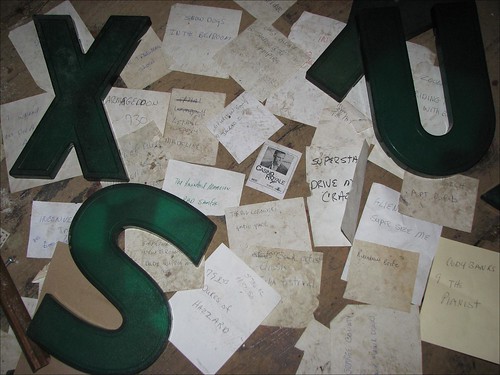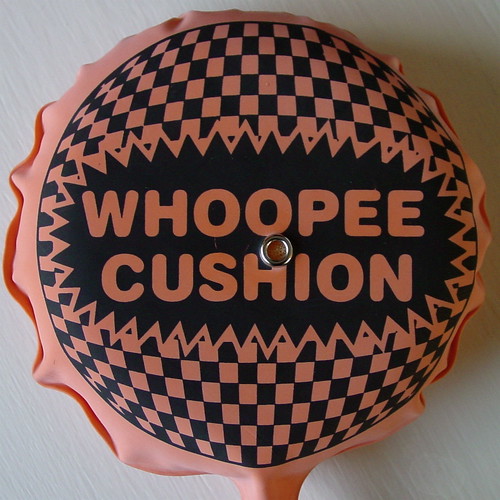For those of you who don't keep up with the newest revisions in the world of citation styles, this month the 7th edition of the MLA Handbook was released and with it come a LOT of changes.
Paper formatting in general (page margins, headings, etc.) and in-text citations will remain the same as in the 6th edition of the handbook. What will change are the entries on the Works Cited page.
What follows is a short list of the more noticeable changes (this will grow as I delve more into the new handbook). Drum roll, please!
- No more underlining. MLA now requires italicizing the titles of independently published works (e.g. books, films, websites, and poems published independently -think Beowulf)
- No more URLs. Unless a website is not easily found by searching for it on a search engine or the publisher requires that all citations list the web address, the URL (e.g. http://www.writingsimplified.com) is no longer required as part of an online work's citation.
- Identification of the publication medium. Now the end of every citation will include a word describing its format (except citations for web pages, which will end with their date of access). Some examples include Print, CD, TV, and Web.
- More abbreviations. Instead of writing nothing when citing a source that has no publisher, date published, or page numbers, you now write n.p. (for no publisher), n.d. (for no date), and n.pag. (for no pagination).
Examples of the new format:
Gaiman, Neil. Stardust. New York: HarperCollins, 1999. Print.
Munroe, Randall. "Swine Flu." xkcd. 26 April 2009. Web. 28 April 2009.
I have mixed feelings about these changes. Eliminating URLs from citation entries is placing a burden on the reader to search for and (hopefully) find the website's address. Citations are supposed to make finding a particular source as simple as possible and I just don't see how not supplying the URL for a site accomplishes that.
On the other hand, I do like the added abbreviations. Now instead of hoping your reader understands that the lack of a date or publisher listed in the Works Cited entry means you couldn't find the information (and not that you forgot or were too lazy to supply it), you can let them know directly.
A note to students: Use the MLA citation format that is recommended by your university's grammar handbook. The 7th edition of the MLA Handbook is still so new that it will take at least another year for these changes to become incorporated in textbooks and for their use to become widespread.
Expect to see more posts with examples that will hopefully shed more light on what has changed.
Here's a link to the MLA Handbook for Writers of Research Papers 7th Edition





















